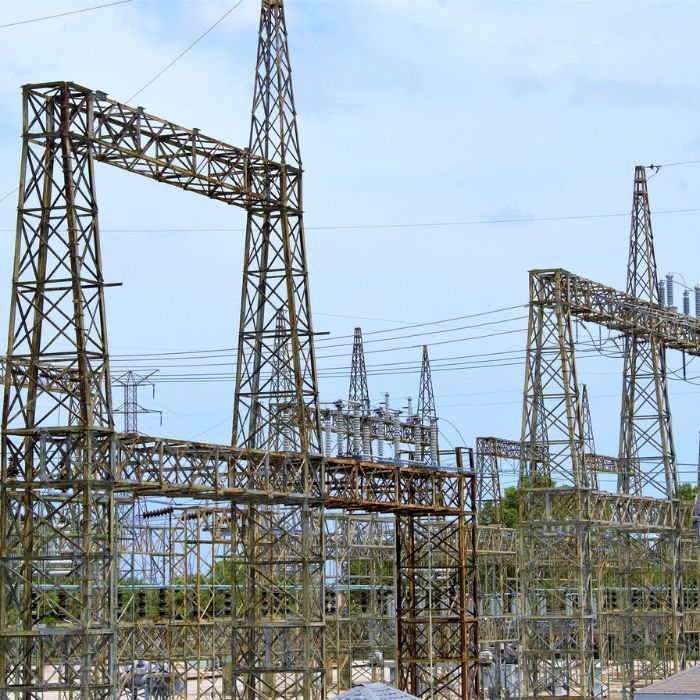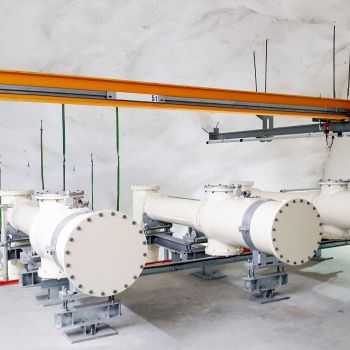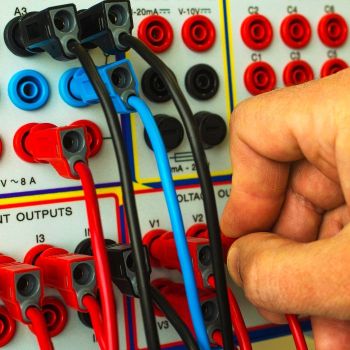9T- Mechanical Design of Overhead Lines
Mechanical Design of Overhead Lines
Electric power can be transferred either by underground cables or overhead lines. The underground cables are not commonly used for power transmission due to two main reasons. Firstly, power is transferred over long distances to load centres. Apparently, the installation costs for underground transmission will be big. Secondly, electric power needs to be transferred at high voltages for economic reasons. It is very challenging to achieve adequate insulation to the cables to withstand such higher pressures. Hence, as a rule, power transfer over long distances is accomplished by using overhead lines. With the increase in power demand and consequent rise in voltage levels, power transmission by overhead lines has assumed considerable importance.
Mechanical Design of Overhead Lines
Course Highlights
Electric power can be transferred either by underground cables or overhead lines. The underground cables are not commonly used for power transmission due to two main reasons. Firstly, power is transferred over long distances to load centres. Apparently, the installation costs for underground transmission will be big. Secondly, electric power needs to be transferred at high voltages for economic reasons. It is very challenging to achieve adequate insulation to the cables to withstand such higher pressures. Hence, as a rule, power transfer over long distances is accomplished by using overhead lines. With the increase in power demand and consequent rise in voltage levels, power transmission by overhead lines has assumed considerable importance.
However, an overhead line is subjected to various weather conditions and other external interferences. This asks for the use of adequate mechanical safety factors in order to ensure the continuity of line operation. Typically, the strength of the line needs to be such so it can withstand the worst probable weather conditions. This course focuses on the different aspects of mechanical design of overhead lines. This course is suitable for engineers with a desire to understand basic elements of the overhead line, its design principles, calculation methods and factors that affect overall current carrying capacity.Upon successful completion engineers will be able to address important overhead line design considerations and independently complete different calculations.
| Learning Objectives | Learning Objectives
|
|---|---|
| Contact Hours | 9 Horas |
| CIAPR courses | CURSO TECHNICO |
| Instructor | Velimir |
| Devices | Desktop, Tablet, Mobile |
| Language | English |
SLSTECH System Requirements
To run our system effectively you should, as a minimum, use the system components listed on this page. If you do not, the system may still work but some functionality may be lost. Workplace IT environments' internal configurations can also restrict the functionality of our system. Access to content may be affected, as may the possibility of uploading files. File size limitations may also apply. Workplaces may also have older versions of software, and our system may not perform well with these.
Operating system
-
Recommended: Windows 7, 10, Mac OSX Sierra, iPad IOS10
Internet speed
-
Use a broadband connection (256 Kbit/sec or faster—this will ensure that you can view videos and online presentations) through USB wireless modem, ADSL, T1/T2, fibre optic or cable.
-
Dial-up access will be significantly slower, and we do not recommend it for using our system.
Internet browsers
Compatible browsers include:
-
Google Chrome 32 bit version 50 or later (recommended for optimal compatibility, this has been thoroughly tested on Windows)
Safari 10 or later (recommended for optimal compatibility, this has been thoroughly tested on Mac)
Note that add-ons and toolbars can affect any browser's performance.
-
MS Internet Explorer is not recommended
Settings
We recommend that the following be enabled:
-
Cookies
-
Pop-ups (in both Internet browser and security software)
-
Javascript
-
We recommend that you use the latest version of Adobe Flash Player.
Software
-
We recommend that you use the latest version of Adobe Acrobat Reader.
-
To view all the resources uploaded to Hazmat Authority, you will probably need to have Microsoft Office (Word, Excel, PowerPoint) or an equivalent (e.g. Open Office, Viewer) installed.
Security
With all firewalls, ensure that you enable uploading of files.







Validate your login
Sign In
Create New Account